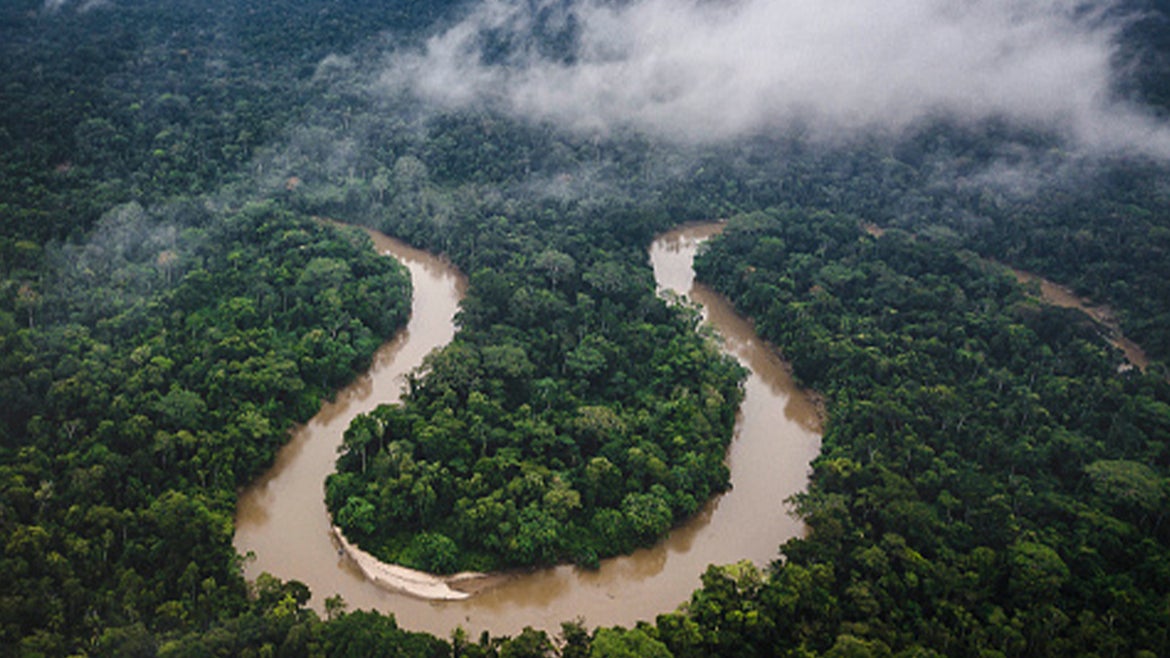"Many researchers have theorized that a tipping point could be reached, but our study provides vital empirical evidence that we are approaching that threshold," researchers said.
New research has revealed that the Amazon rainforest is becoming less resilient and could be approaching a “tipping point,” of widespread dieback, according to an article published in the journal, Nature Climate Change.
According to researchers from the University of Exeter, the Potsdam Institute for Climate Impact Research (PIK), and Technical University of Munich, the Amazon’s capacity to recover from catastrophes, such as drought or fires, has declined dramatically since the early 2000s.
Experts believe this can trigger a tipping point that would result in the dieback of a significant portion of the forest to savannah, with major impacts on biodiversity, global carbon storage, and climate change.
"The Amazon rainforest is a highly complex system, so it's very difficult to predict if and when a tipping point could be reached," Dr. Chris Boulton, of Exeter's Global Systems Institute, said in a press release.
“We now have satellite data on the Amazon that covers a sufficiently long time span to observe changes in resilience,” he said.
Boulton said his study looked in detail at month-to-month changes as the forest responded to fluctuating weather conditions. "Resilience dropped during the major droughts of 2005 and 2010, as part of an ongoing decline from the early 2000s to the most recent data in 2016,” he said.”As a result, we would expect the forest to recover more slowly from drought now than it would have twenty years ago."
Resilience increased in the Amazon, between 1991 to 2000, but the study showed a consistent decrease well below levels in 1991, the release said.
"Deforestation and climate change are likely to be the main drivers of this decline," said Professor Niklas Boers, of PIK and the Technical University of Munich.
Boers explained that resilience is slipping faster in regions with less rainfall, and areas that are closer to human activity.
"Many researchers have theorized that a tipping point could be reached, but our study provides vital empirical evidence that we are approaching that threshold."
Reseachers used a number of data sources for the study, including satellite data on Vegetation Optical Depth (VOD) (a measure of the total biomass of trees and other plants in a given area).






